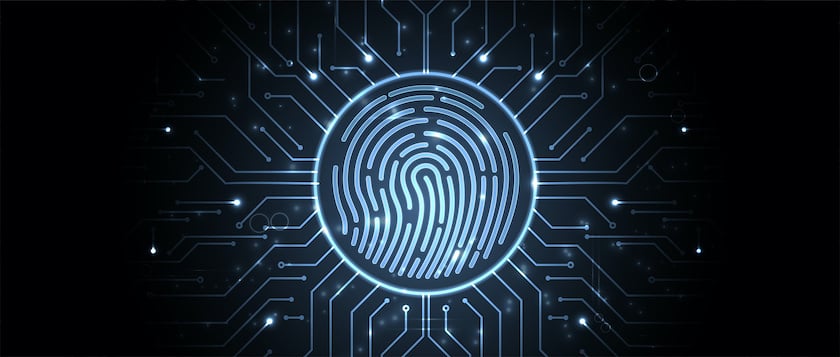
Today is Identity Management Day – a U.S. awareness initiative presented by the National Cybersecurity Alliance and the Identity Defined Security Alliance (IDSA). In the midst of a dramatic technological and economic shift, this push to educate business leaders, IT decision makers and the general public about the importance of managing and securing identities comes at the perfect time.
All Roads Lead to Identity
Nearly every organization is on the transformation path to becoming more mobile, more digital, and more cloud-centric – all while supporting distributed workforces. They also face the challenge of an ever-expanding attack surface as the number, types, and interconnectedness of identities multiply across business applications and cloud workloads.
Every identity – whether customer, remote worker, third-party vendor, device, or application – requires an entry point into the modern enterprise. And the credentials linked to any identity can become privileged under certain conditions, unlocking higher levels of access and creating an attack path to an organization’s most valuable systems and assets.
Attackers understand the opportunity: the easiest way to establish a foothold in any environment is to steal credentials through phishing, social engineering, or malware. It’s why a vast majority of breaches involve lost, stolen, or compromised credentials.
Yet traditional approaches to security are increasingly ineffective as the unstoppable march toward digital transformation dissolves the barriers put up to separate the “trusted” from the “untrusted.”
Here are 16 reasons why identity has become the new cybersecurity battleground, and in turn, the only practical control plane.

Identity Security: A Privilege-led Approach
Securing identities – within business applications, from hybrid to multi-cloud workloads and throughout the DevOps pipeline – requires a new approach rooted in privileged access.
Identity Security follows a Zero Trust model to authenticate every identity accurately, authorize each identity with the proper permissions and provide access for that identity to privileged assets in a structured manner – all in a way that can be audited or accounted for. Identity Security also enables organizations to secure access across any device, anywhere, at just the right time – so they don’t have to choose between security and productivity.
Learn more about Identity Security and brush up on identity and access management best practices with these #IDMgmtDay resources:
- eBook: Identity Security: Why it Matters and Why Now
- Video: Identity Security Explained
- Blog: Why You Need Identity Security























